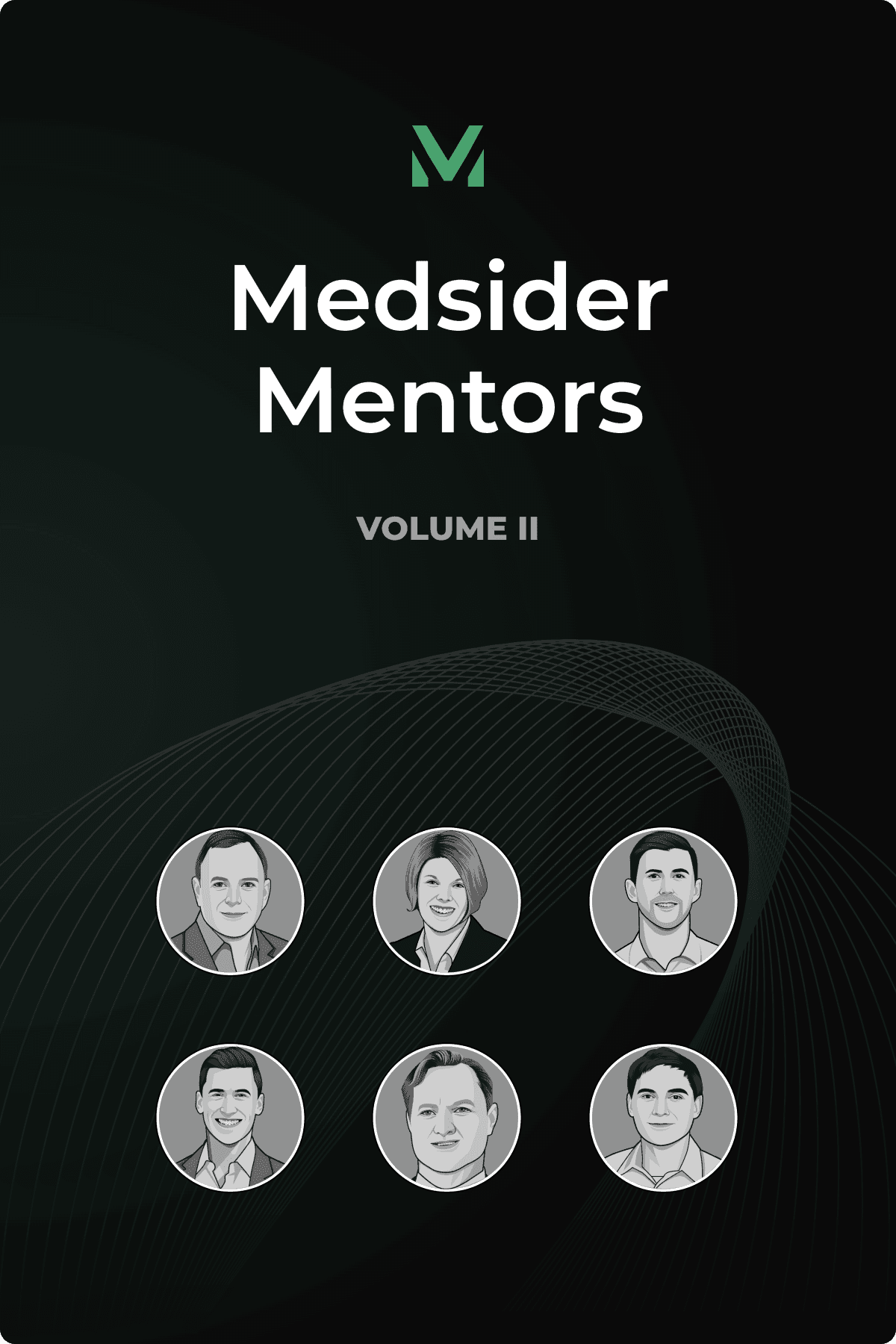Childlike Curiosity and the Scientific Approach to Medtech Startups
Interview with Levita Magnetics CEO Dr. Alberto Rodriguez-Navarro

Dr. Alberto Rodriguez-Navarro has an impressive career spanning a decade as the chief of the ambulatory surgical unit at an under-resourced public hospital in Chile. He's not just an expert with the scalpel but also an inventor with multiple patents under his belt. Now at the helm of Levita Magnetics, he's driving the development of innovative technology for robotic surgery.
There's something undeniably fascinating about magnets, especially when you’re a child. It's counterintuitive, almost defying the very laws of physics that shape our understanding of the world — a bit of everyday magic.
You could say that this is where it all started for Dr. Rodriguez-Navarro. As a child, he was captivated by the way magnets could control objects without direct contact. In fact, he used a pair of magnets to clean his turtle tank. While this might seem like child’s play to adults, it sparked something else in Dr. Rodriguez-Navarro. He applied this concept to his area of expertise: surgery.
Levita has developed a technology called dynamic magnetic retraction, which leverages magnets to perform surgical procedures. They also incorporated robotics into their system. The result is the Magnetic Assisted Robotic Surgery (MARS) platform that enhances the capabilities of surgeons while decreasing the physical toll on patients. The platform enables the surgeon to operate inside the cavity without actually having to cut through it, making surgical practices much less invasive.
The benefits of MARS for patients include a swifter recovery, less pain, shorter hospital stays, minimal scarring, and a potential decrease in opioids. The surgeons, on the other hand, gain better control during surgery thanks to the superior visualization tools offered by Levita’s technology. This basically means more effective, successful surgeries overall, performed by fewer specialists in the operating rooms. Levita's technology offers undeniable value to patients, practitioners, and hospitals.
Levita Magnetics not only created this category, but it also trademarked the term “magnetic surgery.” On the brink of a new era, the company recently celebrated a milestone: FDA clearance of the MARS platform. As it prepares for a commercial launch in the U.S., Dr. Rodriguez-Navarro has also hinted at an exciting pipeline of products that is yet to come.
Key Learnings From Dr. Rodriguez-Navarro’s Experience
Prioritize the scientific method from the beginning. Focus on effectively forming and testing your hypotheses. Begin with an MVP, gather real–world feedback, and then improve it in the most capital–efficient way.
Transitioning from the clinic to a startup demands adopting a different mindset. Trust your abilities, but be receptive to feedback. Before delegating responsibility, dive into the roles yourself, as Dr. Rodriguez-Navarro did by becoming Levita's first sales rep.
Think like the FDA. Both the entrepreneur and the FDA share the same goal: creating and validating a safe and effective product. Adopting this mindset will help you recognize the constraints of those on the other side of the regulatory table.
You May Like These Articles
Medsider Premium
Become a premium member and unlock access to exclusive Medsider benefits.



